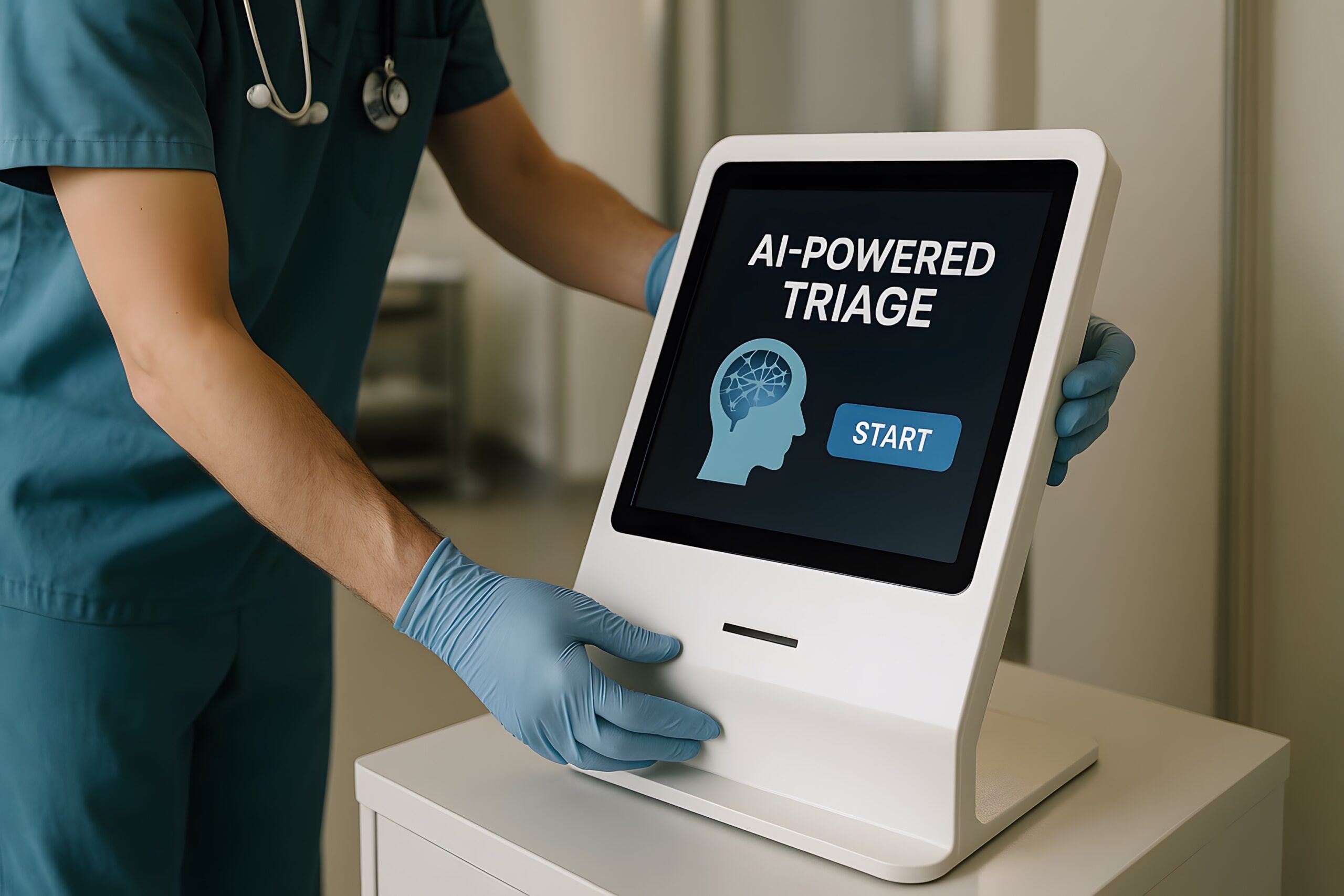Cutting the Cost of Administration in Healthcare with AI
The Problem
Healthcare delivery is under sustained pressure from a challenge that rarely makes headlines: the scale of administrative overhead. These non-clinical processes are essential to keep systems running, but their complexity and inefficiency consume huge amounts of money and clinician time.
The main drivers are well known:
- Billing and Insurance (BIR) Activities – In the US, claims submission, prior authorisation, eligibility checks, coding, reimbursement, and payment reconciliation represent the largest share of administrative cost.
- Clinical Documentation – EHR charting, note-taking, and order entry absorb hours of clinician time every day.
- Other Administrative Functions – Scheduling, compliance reporting, quality measurement, referral management, and hospital administration.
The US spends a far higher proportion of its health budget on administration than other high-income countries, largely due to the complexity of multiple payers and varying rules. In the NHS, macro-level administration is leaner, but day-to-day inefficiencies still drain capacity: manual data entry, switching between legacy systems, and approval processes that add no clinical value.
Prior authorisation is a prime example of where process has drifted far from purpose. Designed to ensure care appropriateness, it too often delays treatment, creates high staff workloads, and increases the likelihood that patients drop out of care entirely.
The Cost
Financial
US administrative spending is estimated at $1 trillion annually, with a large proportion classed as excess or waste. Prior authorisation alone accounts for $35 billion. The NHS, despite its lower proportional spend, still loses an estimated 7.5 million staff hours every week to inefficiency — time that could be used for direct patient care.
Clinician Time
Physicians in the US spend nearly as much time on EHR and desk work as they do with patients, with many continuing documentation for hours after their scheduled day. In the UK, similar patterns emerge: non-clinical tasks consistently take time away from patient interaction, contributing to burnout and eroding service quality.
Where AI Can Help
Artificial Intelligence offers a route to address the most time-consuming and error-prone elements of healthcare administration. The most promising applications include:
- Automated Clinical Documentation – Ambient listening tools and AI medical scribes that capture clinician–patient conversations, generate structured notes, and integrate directly into the EHR.
- Revenue Cycle Optimisation – AI-driven coding suggestions, denial prediction, and automated claims management to reduce manual processing and speed reimbursement.
- Intelligent Prior Authorisation – Automated identification of PA requirements, pre-population of forms, and real-time status tracking to reduce staff workload and patient delays.
- Robotic Process Automation (RPA) – Automation of repetitive, rules-based tasks such as appointment confirmations, claims status checks, and basic data entry.
- Natural Language Processing (NLP) – Extraction of key data from unstructured clinical text to support decision-making, reporting, and analytics.
When implemented well, these tools free up staff time, reduce operational costs, improve accuracy, and — critically — allow clinicians to focus on patient care rather than paperwork.
A Smarter Approach
AI adoption in healthcare should be guided by clear goals: measurable time savings, reduced administrative cost, and demonstrable improvements in clinician satisfaction. Integrating AI into existing workflows and systems, rather than creating parallel processes, is essential to realise value quickly.
This requires more than just choosing a vendor. It means assessing current workflows, identifying where automation delivers the highest impact, and designing solutions that fit the organisation’s operational reality.
How gravity9 Can Help
At gravity9, we work with healthcare organisations to identify and target the administrative bottlenecks that have the highest impact on cost, clinician workload, and patient experience. Our approach combines:
- Workflow analysis to pinpoint automation opportunities with the greatest ROI.
- Technology selection and integration to ensure AI solutions work seamlessly within existing systems.
- Change management and training so that adoption is smooth and sustained.
- Measurement frameworks to track time savings, financial benefits, and satisfaction improvements.
The result is a tailored, sustainable reduction in administrative overhead — freeing your teams to focus on delivering care.
If you’re ready to move from identifying the problem to removing it, get in touch with our healthcare team. We’ll help you map the opportunity, deploy the right technology, and unlock time and resources where they’re needed most.





